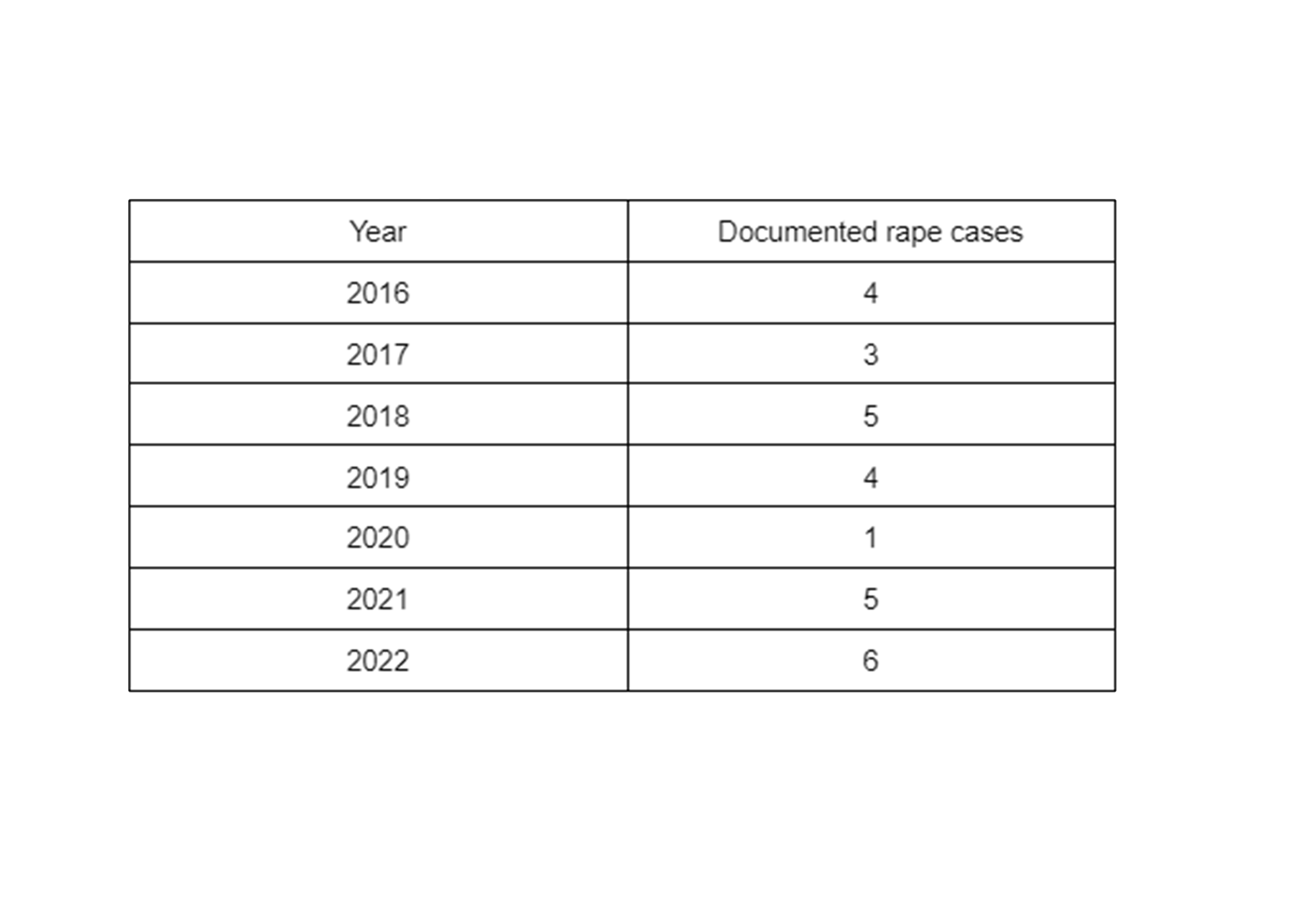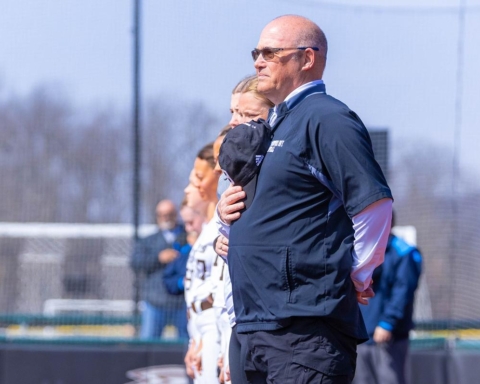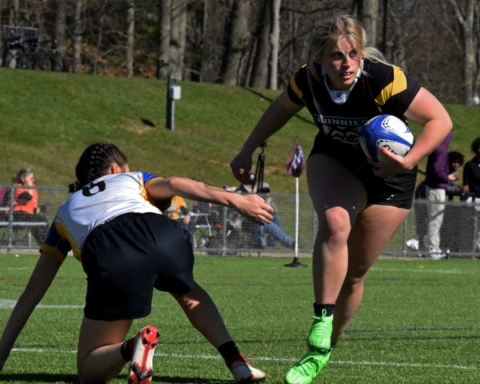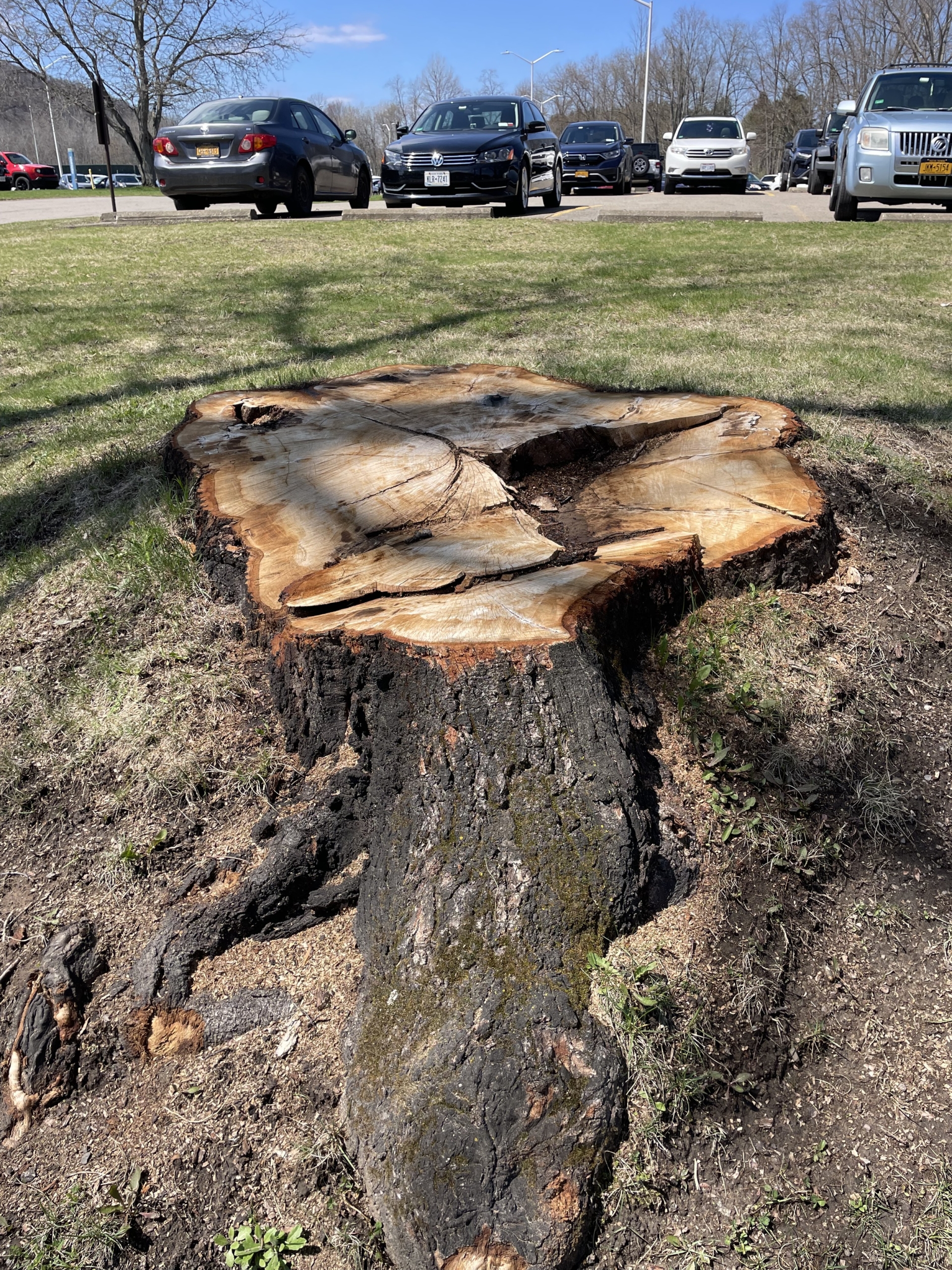A table that shows the number of documented rape cases from years 2016 to 2022
Data compiled from Bonaventure’s 2018, 2022 and 2023 Clery reports
BY DAVID SCIBILIA, NEWS EDITOR
Students and administrators are split on the efficacy of campus initiatives put in place to lower documented rape cases at St. Bonaventure University after data released in late September showed an increase in such cases. In 2022, documented cases of rape increased by one from 2021 and by five from 2020.
The Clery Act requires all colleges and universities that receive federal funding to disclose statistics about certain crimes reported on or near campus. This culminates in a yearly report; all Bonaventure students and faculty received a copy of this year’s report Sept. 25. In their respective reports, participating institutions must list the data from the past three years.
“If you go back and you look at the other years, starting at 2016, we are [at] about four or five to six [documented rape cases a year],” said Katie O’Brien, the vice president for Student Affairs. “Not that one year [in reference to 2020] which might have been more of an anomaly because [of] what the year was with COVID and online classes. We really weren’t here on campus the whole entire time.”
Some students said O’Brien’s comments downplay the significance of the six cases.
“It’s so minimizing [of] the cases,” said Cecelia Byrne, a sophomore marketing major. “Six is six too many — it doesn’t matter what we’re averaging. The [number] of cases should be going down, not staying constant.”
Other students interpreted O’Brien’s quote simply as a statement of fact.
“I think what she’s saying is correct,” said John Guerrera, a sophomore journalism major. “It’s sad the best year [in reference to 2020] was during COVID when there were online classes and people weren’t on campus as much.”
O’Brien contrasted national statistics with Bonaventure’s Clery data to support her position.
“If you look at national statistics, one in four women experience some type of sexual misconduct,” said O’Brien. “[When] you look at our female population, our reporting is actually lower than what you might think.”
Some students said they expect Bonaventure to be lower than the national average due to Bonaventure’s community.
“[Being below the national average] is expected of Bonaventure, to me at least,” said Olivia Moon, a senior health science and Spanish major. “Safety should be the top priority. We should be fairly below the national average.”
Other students said that they suspect the statistics may not be fully reflective of all rape cases on campus.
“These are only the reported cases,” said Emma Gavazzi, a sophomore English major. “That’s no fault of the people who create the report, but it really makes you think about how many more go unreported.”
All students interviewed did not know about the 20 yellow, mounted communication boxes on campus buildings that act as a way to directly contact Safety and Security in case of an emergency.
“I didn’t know what the phones did,” said Moon. “I’ve seen them before, but I had no idea what they did because I was never told. You think they’d tell [students] that in an email or a meeting or something.”
Tara Kent-Leonard, the director of sexual violence prevention and education, said the sexual assault prevention training course that all students are required to complete prior to each academic year is a way the university attempted to lower these rates.
“[The training] acts as a baseline,” said Kent-Leonard. “I don’t think there’s ever enough [training]. I think that we always need to be adding more and mak[ing] sure that we’re staying up with the trends and what is relevant for our area, like how to set and respect boundaries.”
Byrne agreed that there should be more extensive training.
“I don’t think it’s enough,” Byrne said. “The [statistics] have stayed pretty standard and clearly went back up [after 2020]. It’s definitely concerning to me as a female student.”
Gavazzi, however, said a more targeted or in-person training could lower these rates.
“The people who really, truly need to be reading and comprehending [the course] are skipping through it like everyone else is,” Gavazzi said. “If it was done in person every year — like it was in freshman year — in addition to the online course, it could be beneficial.”
Empower is a student-based sexual assault, dating and domestic violence education group on campus. They most recently hosted a campus-wide Take Back The Night event, which was a march to advocate for a safer campus.
“[Empower members] are the representation of sexual violence prevention education on campus,” said Kent-Leonard. “They come up with the different programs that we do on campus.”
O’Brien said that the survey the university sends to students helps guide where the university allocates training. Recently, they have focused on if students know where and how to fill out a formal complaint or report.
Some students said the university’s approach felt reactive.
“Empower is nice — don’t get me wrong,” Gavazzi said. “But on the university end, it feels like they have a lot in place about how to report and don’t do that much to actually prevent the action from happening in the first place.”
Other students said the university seemed to attempt to be proactive, but fell short.
“I’d say [Bonaventure] attempted to be proactive by making the [sexual assault prevention] training mandatory,” said Moon. “But I think there’s a lot more they could do.”
scibild22@bonaventure.edu






